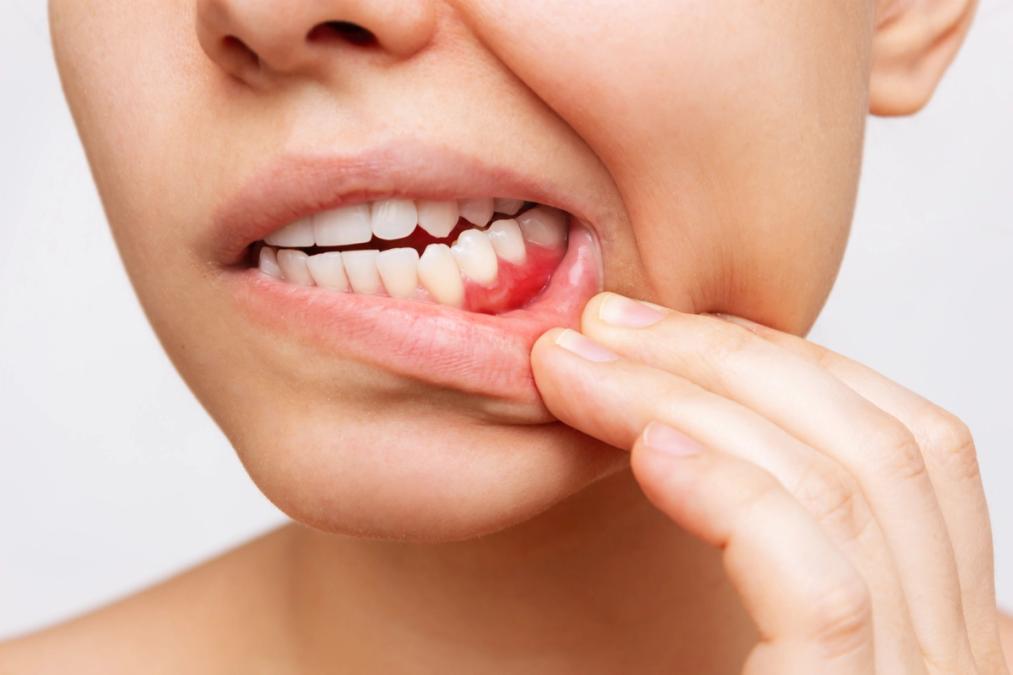
Published on Sep 24, 2025 | 5 minute read

If your gums bleed when you floss, it’s tempting to shrug and move on. But gums are storytellers. They hint at habits, stress, hormones, and even overall health. Thoughtful periodontal care—the prevention, diagnosis, and treatment of gum disease—can lower infection, protect teeth, and keep your breath fresher than all the minty gum in the checkout aisle.
Gum disease starts when sticky plaque hardens into tartar, irritating the gums. Early stages (gingivitis) show up as bleeding, redness, or puffiness. Left alone, it can advance to periodontitis, where bone around the teeth breaks down. That’s when teeth loosen, and everyday eating gets complicated.
The good news? Periodontal care is incredibly effective when started early and kept consistent. Even in advanced cases, targeted therapy can calm inflammation and stabilize the mouth.
If one or more sounds familiar, a periodontal care visit is a smart move. The earlier we act, the fewer invasive steps you’ll need.
Research continues to explore links between periodontal inflammation and conditions like diabetes, heart disease, and pregnancy complications. While no one is saying gum therapy replaces medical care, managing oral inflammation is a sensible part of an overall health plan. For people with diabetes, better gum health can support improved glycemic control. That’s a practical, day-to-day win.
If deep pockets remain after therapy, advanced periodontal care can include procedures like pocket reduction or gum grafting to cover exposed roots. These steps reduce areas where bacteria hide and can improve both comfort and appearance. Your provider will only suggest them when they make a clear difference.
Professional organizations emphasize that periodontal care lowers bleeding and swelling, reduces pocket depths, and helps prevent tooth loss. Many patients also report fresher breath and easier chewing—everyday benefits that make healthy habits easier to keep. With consistent maintenance, these improvements tend to stick.
Gums don’t need perfection; they need attention. With steady home care and thoughtful maintenance, you can calm inflammation, protect bone, and keep your smile strong for decades. Ready to get your gums back on your side? Call Harmony Dental Studio at 239-949-8220 or stop by 9401 Fountain Medical Ct Suite D100, Bonita Springs, FL 34135 to book an appointment and start a periodontal plan that fits your life.